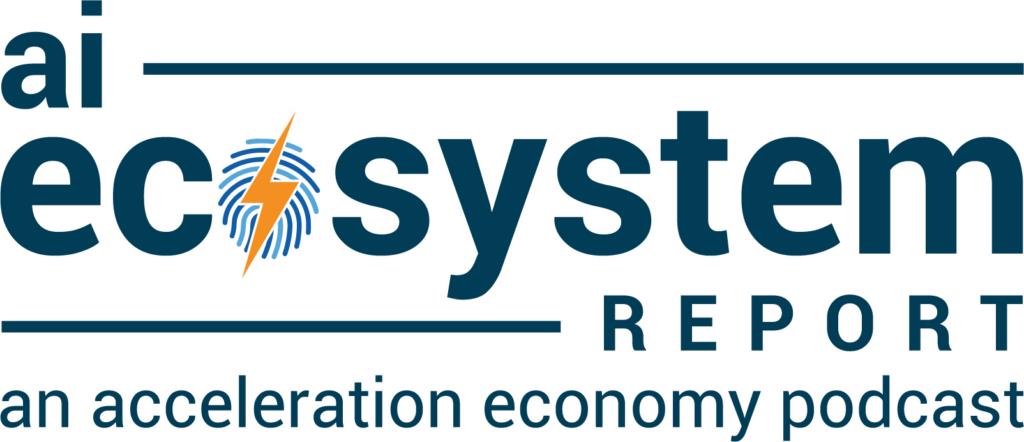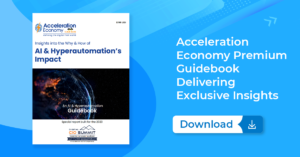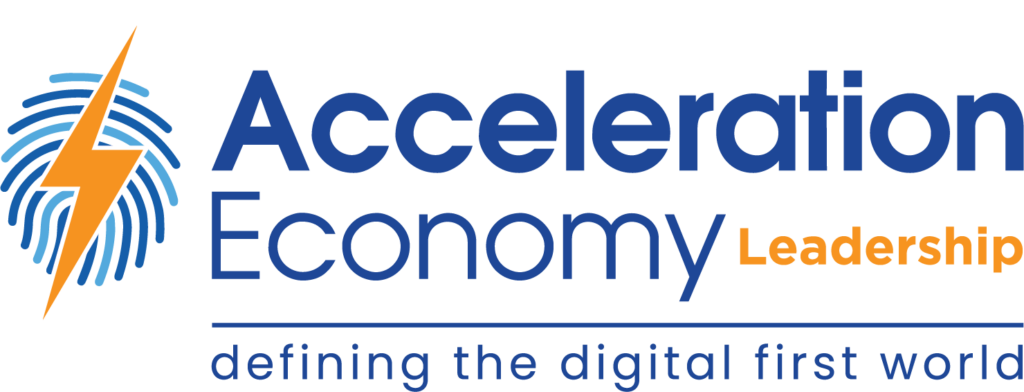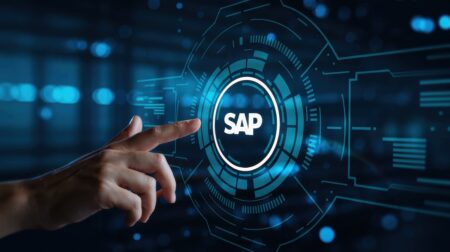One of the time-tested rules of thumb in procurement is that each round of sourcing exercises yields smaller and smaller cost reductions. Makes sense, doesn’t it?
The first time there is a full procurement analysis on a category, the cost reduction may be 25% or 30%. A few years later when the contract is renegotiated, the resulting benefit will likely be less because the low-hanging fruit was captured in the first round. The same applies to successive rounds. Add to this the fact that suppliers are constrained by the same supply chain and inflation challenges that their customers are experiencing right now. As a result, they’re working to keep their prices stable, with little ability to reduce them.
In this environment, continued cost reductions will be harder to obtain unless significant volume or technology changes are undertaken.
At the same time, businesses have gotten used to continuing cost improvements from chief procurement officers (CPOs). Executive teams over time learn to expect annual “contributions” from procurement. So as the CPO reports savings initiatives on one end, they find that conditions are tightening on the supplier side and that, in turn, makes continued delivery of great results more difficult.
Savings Through Process Automation
What happens next? If cost containment can’t come from suppliers, there may be significant opportunities on the process side, and that’s where hyperautomation comes in. When you can’t pay less for the goods and services you buy, you may find an opportunity to reduce costs in how you are buying them. And in addition to reducing process costs, any savings in headcount can be invested in training existing employees, or hiring new team members, and then placing them in positions where they can work on procurement activities that are more critical to the business.
LevaData reported that more than 50% of procurement organizations use legacy tools like Excel spreadsheets to store and analyze data. So even if there’s been investment in the purchase-to-pay (P2P) process along the way, in most companies there is plenty of room to obtain additional cost- saving benefits. Here are several ways to do so.
Robotic Process Automation (RPA)
A list of the Top 10 jobs with the greatest potential for automation listed “Purchasing Clerk” as the number 2 position. Opportunities for RPA exist anywhere in the purchase-to-pay process, where multiple people are doing the same mundane, repetitive tasks such as reporting, data entry, creating purchase orders, and matching receipts and invoices.
In the last 30 years, labor costs have risen by more than 200%, while the cost of software bots has dropped. That means that an automation idea discarded a few years ago for not being cost-effective may be worth looking at again. Improvements need not be limited to procurement alone — any successes and lessons learned can be leveraged to achieve the same throughout the business.
AI Drives ‘Predictive Procurement’
Predictive procurement is an emerging type of negotiation where artificial intelligence (AI) is used to analyze large amounts of historical data and market conditions and then predict where pricing should be. Particularly useful for buys such as maintenance, repair, and operations (MRO) items, chemicals, and lab supplies, the tactic automates the RFP process for non-strategic items so that procurement professionals can instead concentrate on critical or strategic spend such as, say, securing purchasing data or more automation technologies to increase efficiency. With increased scrutiny on headcount, this is a way to shorten the entire RFP process and do more with fewer resources.

Which companies are the most important vendors in AI and hyperautomation? Check out the Acceleration Economy AI/Hyperautomation Top 10 Shortlist.
Supplier Identification and Relationship Management
Using AI-driven tools to help identify and evaluate potential new suppliers is now commonplace. As they have become more sophisticated, AI tools can gather information on markets and the overall health of a supplier, predicting its likelihood of being able to meet projected requirements.
Acknowledging the extent of supply chain risk across the world, Amazon Web Services (AWS) just entered this market with its AWS Supply Chain software that uses machine learning to project the risk of inventory shortfalls across a business’s network. While this is ultimately software to automate manual tasks, it’s also, in this case, a way to be proactive and avoid problems that could, say, run up the cost of supplies.
In Deloitte’s 2021 global chief procurement officer (CPO) survey, CFOs identified “driving operational efficiency” as their highest priority for CPOs. It narrowly edged “cost reduction,” which for the first time in 10 years of surveys was second on the list.
So, it looks as though our CFOs are recognizing that the traditional way of reducing costs needs to be reconsidered. Smart and savvy CPOs will take advantage of that shift and activate automation initiatives to help them drive outcomes that align with these CFO priorities.
Want more tech insights for the top execs? Visit the Leadership channel:



